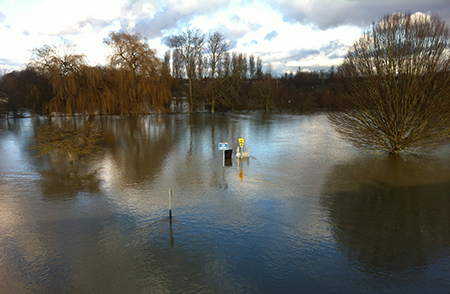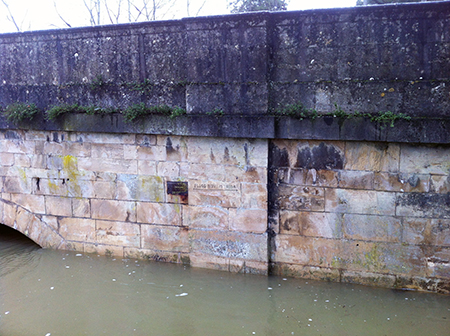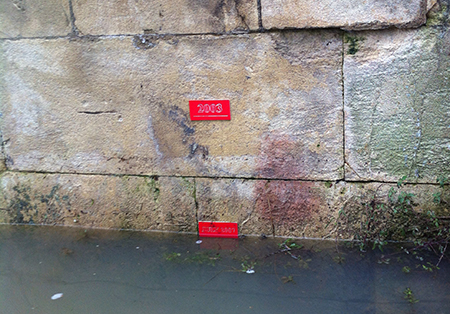 Dr Neil Macdonald is a Senior Lecturer in the University of Liverpool’s School of Environmental Sciences
Dr Neil Macdonald is a Senior Lecturer in the University of Liverpool’s School of Environmental Sciences
“The current flooding which has affected much of southern England, particularly the Thames and Severn catchments and the Somerset Levels region is severe, with a number of flood levels much higher than people remember, however the question is are they truly unprecedented?
“The flooding of the Thames and Severn over the last week has undoubtedly raised public awareness of flooding. This coupled with the ongoing flooding of the Somerset Levels during the last month reflects a period of prolonged rainfall, which has overwhelmed natural storage within soils and groundwater.
Unprecedented?
“Whilst the flooding has caused widespread disruption and inconvenience and, for a relatively small number of people, led to the flooding of homes, a number of reports have claimed that these events are ‘above previous levels’ and are ‘higher than those in living memory’, but the question remains are they truly unprecedented.
“In the UK most rivers have instrumental records of river flow for around 40 years, with a handful of sites recording for over one hundred years. These records are valuable in helping us understand flood risk. Where few instrumental records exist we can use other forms of evidence such as flood marks and documentary accounts (e.g. diaries and newspapers). Flood marks (as shown) provide valuable information on the level of past flood waters.
 The central relief on this bridge marks the height reached by floodwater in 1894 – still substantially above the current 2014 level
The central relief on this bridge marks the height reached by floodwater in 1894 – still substantially above the current 2014 level
“As we can see, on the 10th February (photograph date) the flood was comparable to the level reached in 2003 and 2007, but was far below the largest flood within the last couple of hundred years on the Thames at Wallingford (AD 1894). As can be seen the current flooding was above the 2007, but just below the flood level achieved in 2003, though it had peaked just above this level earlier in the day. Flood levels may vary throughout a catchment, so a flood level may be higher or lower upstream or downstream of a site as a result of local factors and additional flows from tributaries or groundwater.
 Flood levels remain below those seen in 2003
Flood levels remain below those seen in 2003
“Some care is needed in interpretation of the records, but what this highlights is that the current flooding is not quite as rare as some have claimed, with comparable or larger floods evident throughout the last couple of centuries, including a number of large floods recorded on the Thames in 1774, 1852, 1894 and 1947; across the Somerset levels in 1811, 1876, 1894 and 1929 and on the River Severn in 1672, 1770, 1795, 1852, 1869 and 1947.
“The UK has witnessed a number of high magnitude floods over the last 10-15 years, with the floods of 2000 in Yorkshire and Central England signalling the start of an apparent flood rich phase within which we are currently living. A number of such phases can be identified within the historical record over the last 500 years.
Long-term sustainable approaches
“Up until 2000 there had been relatively few severe flood events (1968 and 1947) since the 1920s, which resulted in a long period within which societal memory of flooding reduced in many communities, as few prominent events occurred and therefore expectations of flood levels reduced.
“We must take note of the recent flooding and learn from this and previous events; we must develop long-term sustainable approaches to flood risk management and avoid short-term unsustainable responses, unless capable of providing immediate relief, as severe flooding is likely to occur again in the near future on more European rivers.”
